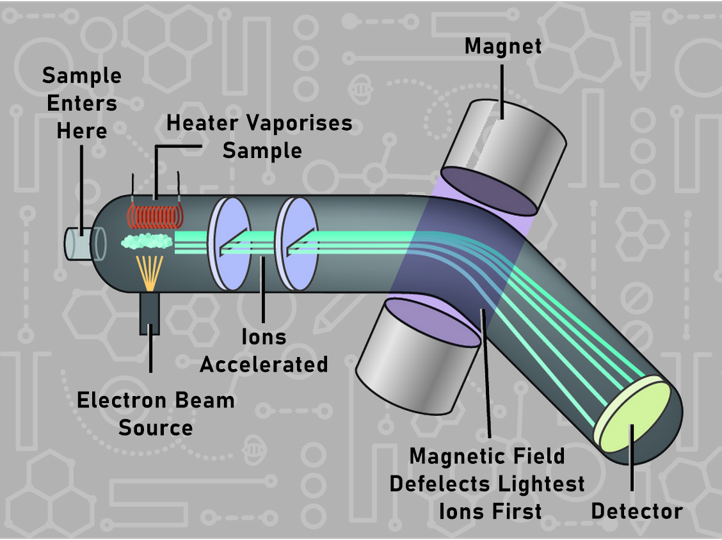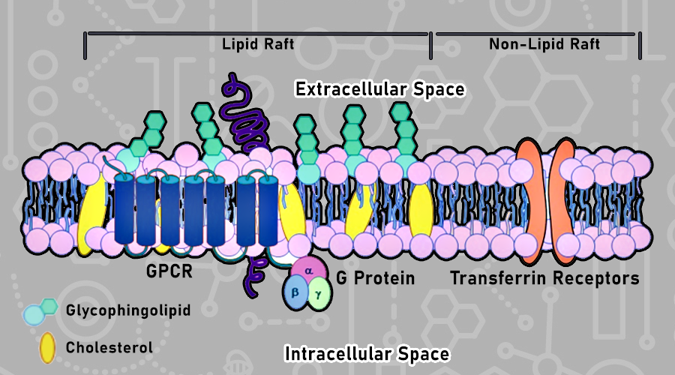Lipid Biology
See our content below, summarising available methods to investigate lipid biology!
Lipid biology is a field of study that focuses on the structure, function, and metabolism of lipids. Lipids are a diverse group of biomolecules that play essential roles in biological systems, including energy storage, membrane structure and function, cell signalling, and as precursors for important signalling molecules. Research in lipid biology can help us better understand human health and disease, as many disorders such as metabolic disorders, cardiovascular disease, and cancer are linked to lipid metabolism and signalling. This rapidly growing field paired with recent advancements have resulted in the development of new therapeutics and has the potential to have applications in a range of fields including metabolic disorders, cardiovascular disease, and cancer.
There are a plethora of methods to investigate lipid biology, each with their own advantages and purposes to allow researchers to better understand lipid interactions, below are some of the most commonly used techniques.
| Technique | Advantages | Common Uses |
|---|---|---|
| Lipid Profiling | - Analysis of lipid composition - High-throughput analysis - Quantification of lipid classes and species | - Study changes in lipid metabolism - Identify lipid biomarkers - Investigate lipid-related diseases |
| Lipid Imaging | - Visualise spatial distribution of lipids - Identify lipid-rich regions | - Study lipid localisation in tissues/cells - Explore lipid dynamics in cellular processes |
| Lipid Raft Analysis | - Study specialised lipid-rich membrane regions - Assess lipid-protein interactions | - Explore lipid raft involvement in cell signalling - Understand membrane organisation |
Mass Spectrometry
Mass spectrometry is an incredibly powerful scientific technique used to identify and analyse the composition of a range of different substances. It works by measuring the masses and concentrations of atoms and molecules in a sample. First, as figure 1 demonstrates, the sample is turned into a vapor and then ionised, which means that some of its atoms or molecules gain an electrical charge. For lipids, these ionisation techniques may include electrospray ionisation (ESI) or matrix-assisted laser desorption/ionisation (MALDI), are commonly used to convert the lipids into charged ions.
These charged particles are then accelerated and separated by their mass-to-charge ratio using electric and magnetic fields. The separated ions are detected, and their signals are recorded, creating a spectrum. By comparing the spectrum to past known patterns, scientists can determine the types and amounts of substances present in the sample, allowing researchers to identify and quantify different lipid species, including fatty acids, glycolipids, phospholipids, and sterols.

Lipid Imaging
 Funakoshi's LipiDye-M: Multi-colour Lipid Metabolism TracerAvailable here at 2BScientific Limited
Funakoshi's LipiDye-M: Multi-colour Lipid Metabolism TracerAvailable here at 2BScientific Limited
Lipid imaging is a powerful technique used to visualise and map the spatial distribution of lipids within tissues, cells, or organelles. It provides valuable insights into the localisation and organisation of lipids, allowing researchers to understand their roles in various biological processes. Various lipid imaging approaches are employed, including fluorescence microscopy, Raman imaging, MALDI imaging mass spectrometry (MALDI-IMS), and electron microscopy (EM).
These techniques use fluorescent dyes, antibodies, or direct ionisation to label or detect lipids in samples. By visualising the distribution of lipids, researchers can study lipid dynamics, lipid-protein interactions, lipid-rich organelles, and lipid-related diseases. Lipid imaging improves our understanding of lipid metabolism, cellular processes, and diseases that take place within these lipids.
Lipid Raft Analysis
Lipid raft analysis involves studying microdomains within the plasma membrane of cells that are enriched in specific types of lipids, such as cholesterol and sphingolipids, along with certain proteins. These microdomains, known as lipid rafts, play important roles in cellular processes like signal transduction, membrane trafficking, and protein sorting.
One commonly used method for analysing lipid rafts is the detergent resistance assay. It is a biochemical approach that begins by solubilising cell membranes using a non-ionic detergent. Another approach for lipid raft analysis involves the aforementioned fluorescence microscopy, This technique utilises fluorescently labelled lipids or lipid-binding probes to visualise and study lipid rafts.

We have a range of Lipid BIology related products on our website including
Be sure to utilise the filters on the left side of the product search page to narrow down the options. 2BScientific is passionate about ensuring that customers get the precise, required product and have a friendly and knowledgeable team ready to answer any technical queries.
We here at 2BScientific are proud to be partnered with the following amazing suppliers to provide an incredible range of lipid based solutions: Echelon Biosciences, Funakoshi and Cell Biolabs . If you have any queries regarding lipid biology, finding a product or custom services, please do not hesitate to contact us at info@2BScientific.com
.png)
| Top Picks from Echelon for Lipid Biology |
|---|
| Sphingosine 1-Phosphate ELISA Kit |
| PI(4,5) P2 Mass ELISA Kit |
| PIP3 Mass ELISA Kit |
| Purified Anti-PtdIns(3)P IgG |
